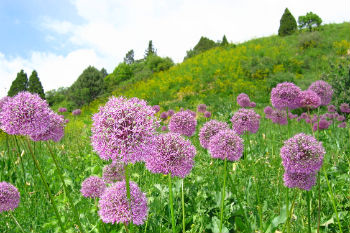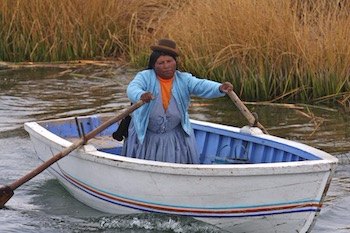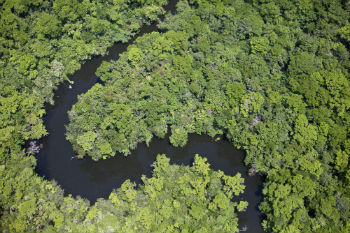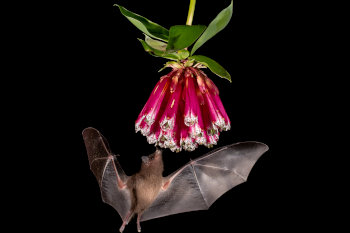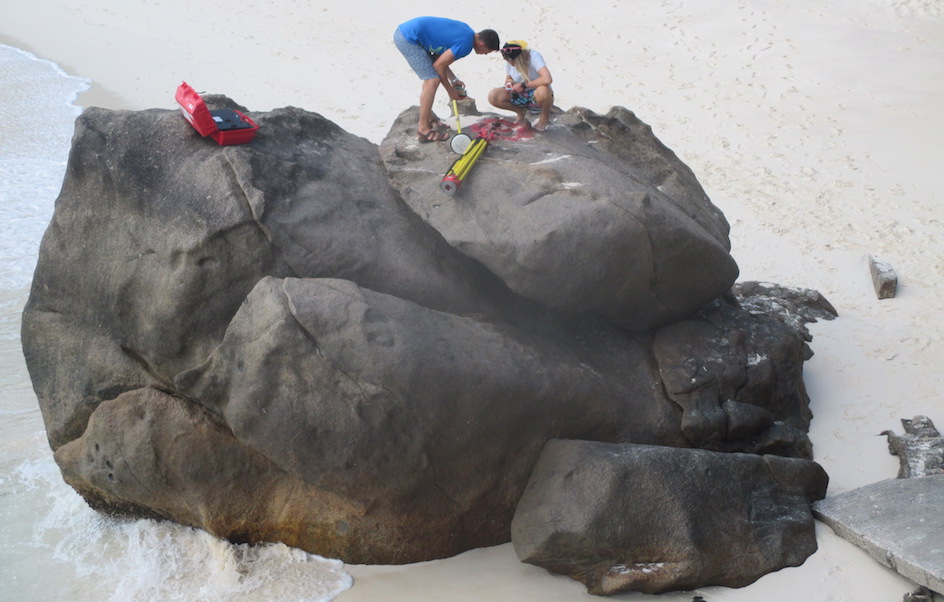Main menu
CEPF is a joint initiative of l’Agence Française de Développement, Conservation International, the European Union, Fondation Hans Wilsdorf, the Global Environment Facility, the Government of Canada, the Government of Japan and the World Bank. A fundamental goal is to ensure civil society is engaged in biodiversity conservation.
Visitez le site français コア情報の日本語翻訳を読むOr use Google Translate to translate the English site to your language:
GTranslate
Protecting Freshwater Wetlands in Seychelles
By: David Rowat, Chairman, Marine Conservation Society Seychelles
02 February 2017
02 February 2017
Project Update: In May 2017, Marine Conservation Society, Seychelles (MCSS) submitted their CEPF-funded report of Grand Police’s biodiversity to the Ministry of Environment. The study found that 61 animal species and 102 plant species lived in the area. Local advocates feared that a new resort slated for development would jeopardize the ecosystem, and a “Save Grand Police” petition was signed by some 7,500 people.
The report stated: “Any large-scale, tourism-related development at Grand Police is likely to have a negative environmental impact such as increased sand movement, intensified erosion, and freshwater inundation by sea water creating a brackish environment.”
On May 31, 2017, the Cabinet of Ministers announced that Grand Police would be declared a protected area and that it would engage the relevant land owners in returning the land to the government.
Congratulations to MCSS and the local community for this tremendous accomplishment!
The Marine Conservation Society of Seychelles (MCSS) is currently implementing a wetland biodiversity assessment at Grand Police, located in the south of Mahe, Seychelles, in the Madagascar and Indian Ocean Islands Hotspot.
Wetlands host huge species diversity and are one of the most biologically diverse ecosystems on the planet. Freshwater wetlands are the most endangered habitat in Seychelles, with an estimated loss of more than 90 percent of the original coverage. These areas host two endemic species of Critically Endangered freshwater terrapin, both of which suffered major population declines between 2000 and 2008.
Since 2008, the two marshes containing the greatest proportion of the two terrapin species have been developed. With assistance from a CEPF grant, MCSS is working to protect Grand Police, one of the largest remaining, untouched freshwater wetlands in the whole of Seychelles and one of high ecological significance for the preservation of a variety of endemic plant and animal species. Even though Grand Police and surrounding granitic areas are recognized as a Key Biodiversity Area (KBA), it is privately owned and currently earmarked for development.
Most local communities are generally unaware of the important ecological role wetlands play, not just for the endemic and endangered biodiversity they contain but for the protection they provide from flooding and droughts, which can negatively impact the communities own security and standard of living.
Grand Police is the largest wetland remaining on Mahe; it is geographically isolated and was protected from access because it was once part of an area housing a military prison. Though the prison is now gone, the site still has armed military guards. As such, it is also one of the least disturbed wetlands in Seychelles. If steps are not taken to document and conserve the wetland now, it is unlikely there will be a second chance to do so.
The main objective of the project is to establish a baseline inventory and status assessment of habitat and biodiversity within Grand Police Wetland and give this information to both the Ministry of Environment, to update the national databases, and the national Clearing House Mechanism, for wider distribution. It will also be passed to the land owner/developer to encourage the sympathetic and sustainable development of the resort which, beyond conserving the wetland and its biodiversity, could provide a unique selling point.
Eight months in, an orthomosaic habitat map of the wetlands, which was produced from over 1,000 images from drone surveys, has been created. The map was geo-referenced, classified in GIS and ground-truthed by the project team. To follow any trends in habitat transformation, we compared this orthomosaic classification to those from ortho-photos from 1999–2000 and 2010–2011. The comparison clearly showed the existence of a military shooting range and a coconut plantation in 1999. This shooting area was abandoned and has since been overgrown by creepers and shrubs.
According to the classification area, the mixed lowland forest decreased drastically over the years, while invasive Casuarina trees were spreading over the area. Allelopathic Casuarina seemed to even supersede non-native coconut plants, which were highly abundant in the area.
Intensive trapping within the wetland area has been carried out, with special attention to species endemic to Seychelles of high conservation/KBA value and species that are invasive to the islands. Assessment of distribution and abundance of species is currently underway and several endemic species new to the KBA have already been found—a fruit fly, an Endangered grasshopper, a skink, and a caecilian among them—as well as the Critically Endangered black mud turtle (Pelusios subniger ssp. parietalis). Altogether, a total of 72 species could already be added to the KBA species list for the area.
We are also monitoring a number of physical parameters in the wetland, including water level, salinity, temperature and quality.
Current work includes the development of distribution maps for key species and the development of interim guidance on restoration and biodiversity improvement. We are also creating guidance for appropriate buffer zones for KBA species and on mitigation during development.
